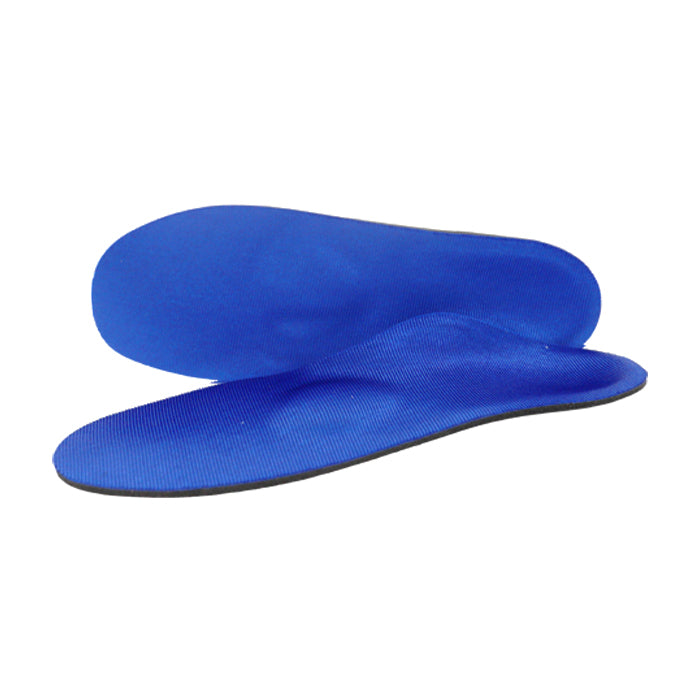The Best Shoes for Flat Feet in 2022
What are Flat Feet?
Flat feet (pes planus) is a condition in which the foot does not have a normal arch when standing. An easy way to see if you have flat feet is when the arch on the inside of your feet is flattened, allowing your entire foot to touch the floor when you stand up.
Flat feet can sometimes cause problems in your ankles and knees because the condition can force your ankles to turn inward and this throws off the alignment of your legs.
Flat feet common symptoms/complaints
The signs or symptoms associated with flatfeet that some people experience are:
- Difficulty standing on tiptoe
- Swelling along the inside of the ankle
- Knee pain
- Back pain
- Arch Strain

How are flat feet treated?
free foot analysis
Depending on whether or not the flat foot is flexible or rigid, special shoes and orthotics may help.
- Shoe inserts (orthotic devices). Over-the-counter arch supports may help relieve the pain caused by flatfeet. In most cases, custom-designed arch supports that are molded to the contours of your feet, are recommended. Shoe inserts won’t cure flatfeet, but they often reduce the symptoms associated with the disorder.
- Stretching exercises. Some people with flat feet also have a shortened Achilles tendon. Exercises to stretch this tendon may help.
- Rigid soled shoes. Shoes designed with strong heel counters, steel or carbon fiber shanks, and medial postings help with alignment.
Best Shoes for Flat Feet

We carry a wide variety of shoes and sandals for flat feet. Many of the supportive shoes and sandals we carry have great support and accommodate orthotics which is very helpful for the flexible flat foot.
The best shoes for flat feet control pronation and have significant heel support. Additionally, shoes for flat feet usually have soles with wedges to help limit over pronation. Shoes for flat feet should have a stiff sole underneath the arch of the foot and flex only at the forefoot.
Best Arch Supports for Flat Feet
We have a wide variety of arch supports for flat feet. The best arch support for flat feet will have a deep heel cup, control pronation, and be adjustable to meet your individual needs. The best insoles for flat feet usually are custom molded and have a rear foot posting to help limit over pronation. We have over the counter arch supports and custom molded orthotics which helps reduce the pain associated with flat feet. Make an appointment today with a specialist to find out which flat feet arch support is best for you!
|
Sovella S1000 Max Support Orthotic Arch Support |
Sovella S3000 |
S3500 COMFORT W/MET |
|
Sovella Dress Arch Supports |
Sovella Dress Arch Supports with Met Pad |
Where to Buy Arch Supports and Shoes for Flat Feet
At Lucky Feet Shoes, we carry a wide variety of arch supports and shoes for flat feet online and in Southern California. We fit customers with arch supports and shoes for flat feet in Orange County, Inland Empire, Riverside, Temecula and Los Angeles County. Our stores in Rancho Cucamonga, Riverside, San Dimas, Anaheim Hills, Temecula, Redlands, Palm Desert, Upland, and Long Beach. We invite you to stop by for a free foot analysis and try our shoes for flat feet. In addition, we have a large selection of comfort shoes, wide shoes, walking shoes, running shoes, arch supports, and custom orthotics!
Come visit one of our locations today!
How are flat feet caused?
There are many causes of flat feet. Obesity, pregnancy or repetitive pounding on a hard surface can weaken the arch leading to over-pronation. Often people with flat feet do not experience discomfort immediately, and some never suffer from any discomfort at all. However, when symptoms develop and become painful, walking becomes awkward and causes increased strain on the feet and calves
A flat foot is normal in infants and toddlers, because the foot’s arch hasn’t yet developed. Most people’s arches develop throughout childhood, but some people never develop arches. This is a normal variation in foot type, and people without arches may or may not have problems.
Arches can also fall over time. Years of wear and tear can weaken the posterior tibial tendon, which runs along the inside of your ankle, from above your ankle to your arch.
Over-pronation is very prominent in people who have flexible, flat feet. The framework of the foot begins to collapse, causing the foot to flatten and adding stress to other parts of the foot. As a result, over-pronation, often leads to Plantar Fasciitis, Heel Spurs, Metatarsalgia, Post-tib Tendonitis and/or Bunions.













